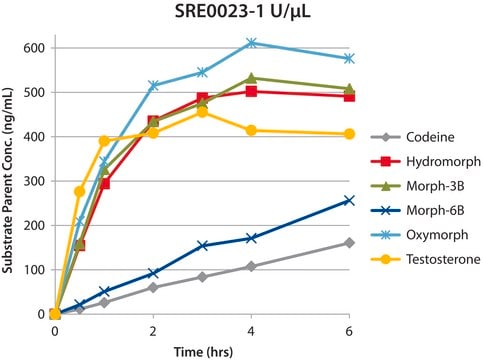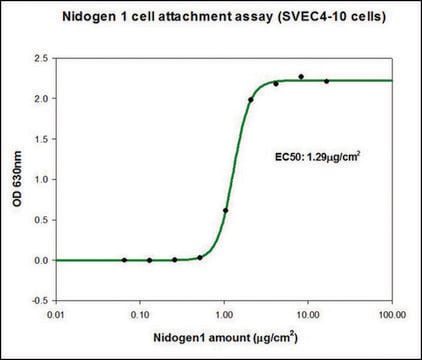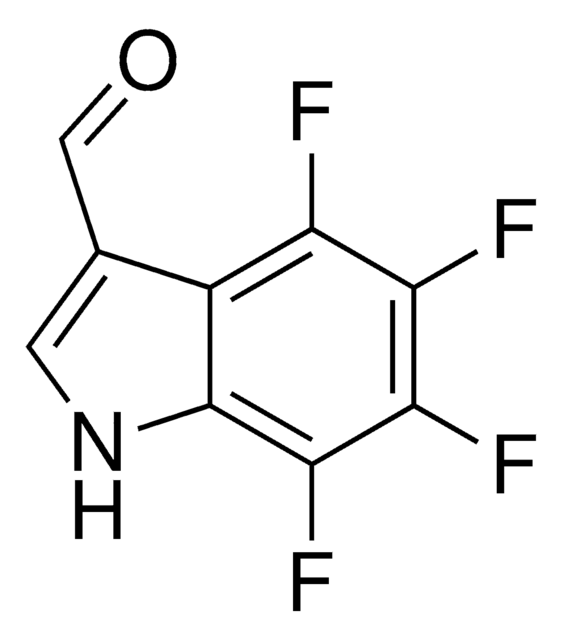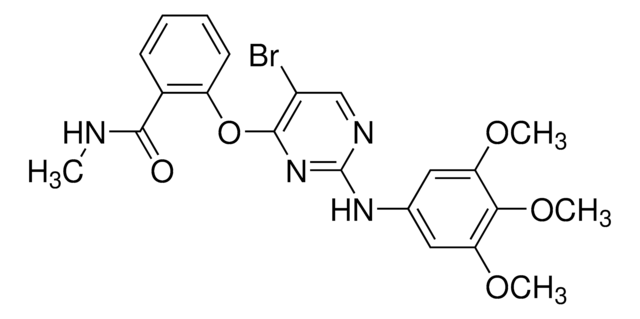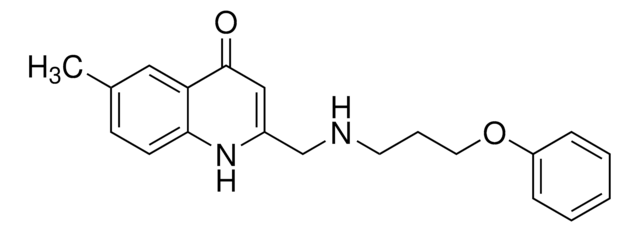SRP3317
ANGPTL-3 human
recombinant, expressed in CHO cells, ≥98% (SDS-PAGE), ≥98% (HPLC)
Synonyme(s) :
ANG-5, ANGPT5
About This Item
Produits recommandés
Source biologique
human
Produit recombinant
expressed in CHO cells
Pureté
≥98% (HPLC)
≥98% (SDS-PAGE)
Forme
lyophilized
Poids mol.
62.0 kDa
Conditionnement
pkg of 50 μg
Impuretés
endotoxin, tested
Couleur
white to off-white
Numéro d'accès UniProt
Conditions d'expédition
wet ice
Température de stockage
−20°C
Informations sur le gène
human ... ANGPTL3(27329)
Description générale
Recombinant human ANGPTL-3 is a glycoprotein that migrates by SDS-PAGE (sodium dodecyl sulfate polyacrylamide gel electrophoresis) analysis at an apparent molecular weight of 62kDa, and contains 452 amino acid residues including a C-terminal His tag.
Actions biochimiques/physiologiques
Forme physique
Reconstitution
Code de la classe de stockage
11 - Combustible Solids
Classe de danger pour l'eau (WGK)
WGK 3
Point d'éclair (°F)
Not applicable
Point d'éclair (°C)
Not applicable
Certificats d'analyse (COA)
Recherchez un Certificats d'analyse (COA) en saisissant le numéro de lot du produit. Les numéros de lot figurent sur l'étiquette du produit après les mots "Lot" ou "Batch".
Déjà en possession de ce produit ?
Retrouvez la documentation relative aux produits que vous avez récemment achetés dans la Bibliothèque de documents.
Notre équipe de scientifiques dispose d'une expérience dans tous les secteurs de la recherche, notamment en sciences de la vie, science des matériaux, synthèse chimique, chromatographie, analyse et dans de nombreux autres domaines..
Contacter notre Service technique